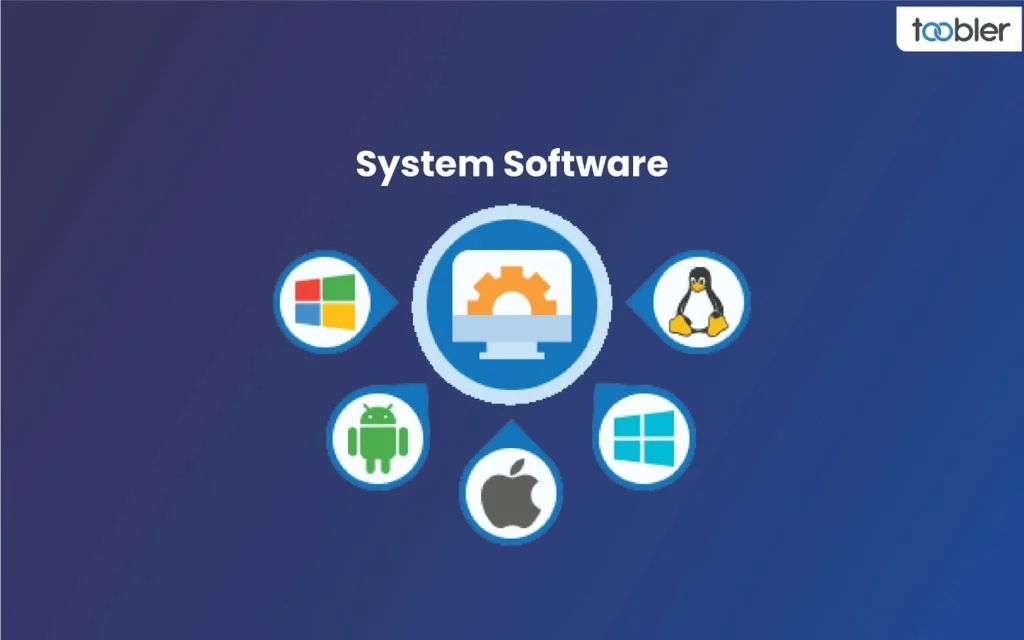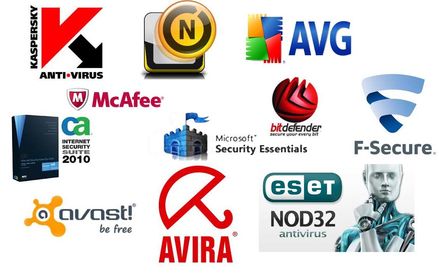In today’s digital age, software drives everything from personal devices to complex industrial systems. Whether we’re checking emails, streaming movies, or working on important documents, software powers it all. It’s hard to imagine a world without it, as nearly every device or system we use relies on software to function. However, not all software serves the same purpose. In fact, software can be broadly categorized into three main types: system software, application software, and utility software. Each type plays a distinct role in how we interact with technology, ensuring that our devices run smoothly and efficiently. Let’s explore these types of software and understand their unique contributions to the digital world.

System Software – A Fundamental Type of Software
System software acts as the backbone of any computing device. It provides the basic functions that allow hardware to operate and offers a platform for other software to run. The operating system is one of the most common examples of system software. Operating systems like Windows, macOS, Linux, Android, and iOS manage the system’s memory, processes, software, and hardware. They ensure that users interact with the computer efficiently, whether by clicking a mouse or tapping a touchscreen. In addition to operating systems, system software includes device drivers, which help the computer communicate with hardware components like printers, monitors, and keyboards. Without system software, no other programs could run, making it essential for any functioning computer system.
Key examples include operating systems like Windows, macOS, and Linux, which handle memory, processes, and hardware interactions. Device drivers enable communication between the operating system and hardware components such as printers, graphics cards, and audio systems. Firmware like BIOS or UEFI controls the basic functions of hardware devices. These components are crucial for a functioning computer system. You can learn more about Microsoft’s Windows operating system or explore Apple’s macOS platform for a deeper understanding of how they manage hardware and user interaction.

Application Software: One of the Common Types of Software
Among the common types of software, application software is what users interact with the most. Application software helps users perform specific tasks. While system software works in the background to manage hardware, application software is what most users interact with directly. This category includes a wide range of programs, from word processors used for writing documents to web browsers that allow us to access the internet. People use application software every day, whether they watch videos, edit photos, create presentations, or play games. These programs meet particular needs and are often chosen based on the user’s preferences or profession. For instance, students may use educational software for learning, while professionals may rely on graphic design or accounting applications. Application software enhances productivity and entertainment, making digital devices more versatile and user-friendly.
Examples include word processors like Microsoft Word and Google Docs, which help with writing documents. Web browsers such as Google Chrome and Mozilla Firefox enable internet browsing. Media players like VLC Media Player and Spotify play audio and video files. Additionally, graphic design software like Adobe Photoshop and Adobe Illustrator allows users to create and edit images, while video editing tools such as Adobe Premiere Pro help users edit videos.

Utility Software: A Crucial Type of Software for System Maintenance
Utility software supports the computer system by helping maintain, optimize, and protect it. While utility software is less visible than application software, it performs just as important a role. Utility software ensures that the system runs efficiently by handling tasks like virus protection, file management, data backup, and disk cleanup. Programs such as antivirus tools protect computers from malware and online threats, while cleanup utilities remove unnecessary files to free up space and improve speed. Backup utilities safeguard important data from accidental loss, and compression tools reduce file sizes to save storage. These utilities often run in the background or are used occasionally, but they significantly enhance the overall performance and security of the system.
Examples include antivirus software like Norton and McAfee, which protect against malware and online threats. Disk cleanup tools such as CCleaner remove unnecessary files to free up storage. Backup software like Acronis True Image and Apple’s Time Machine protect data from loss. File compression tools such as WinRAR and 7-Zip reduce file sizes to save storage space. These utilities run in the background or are used when necessary to improve system performance and security.

Conclusion
In conclusion, understanding the different types of software helps us appreciate the complex yet fascinating world of computing. Each of the major types—system software, application software, and utility software—plays a vital role in the digital experience. System software lays the groundwork, application software helps us accomplish a wide variety of tasks, and utility software keeps everything running smoothly and securely. These types of software work together to create the seamless experience we often take for granted when using technology, reminding us of the sophisticated architecture that powers our digital lives.







More Stories
Magnetic Nanomaterials: A Revolutionary Solution for Oil Spill Cleanup
Bengaluru Teen’s Solar Innovation Powers 100 Rural Homes, Wins Global Recognition
Nikhil Kamath: The Visionary Reshaping Indian Financial Markets